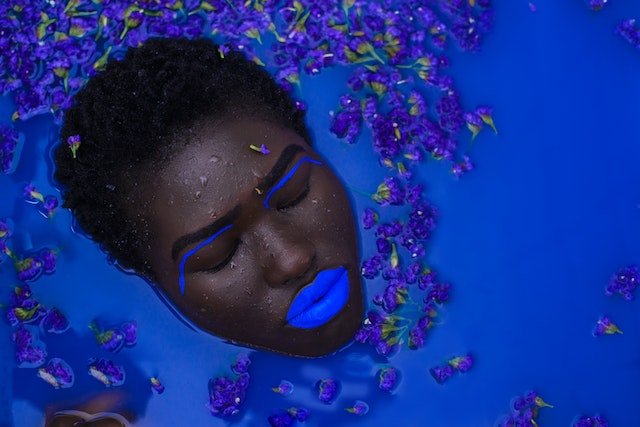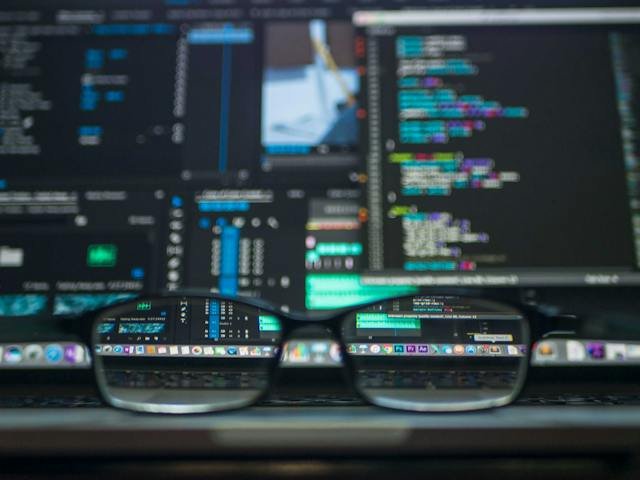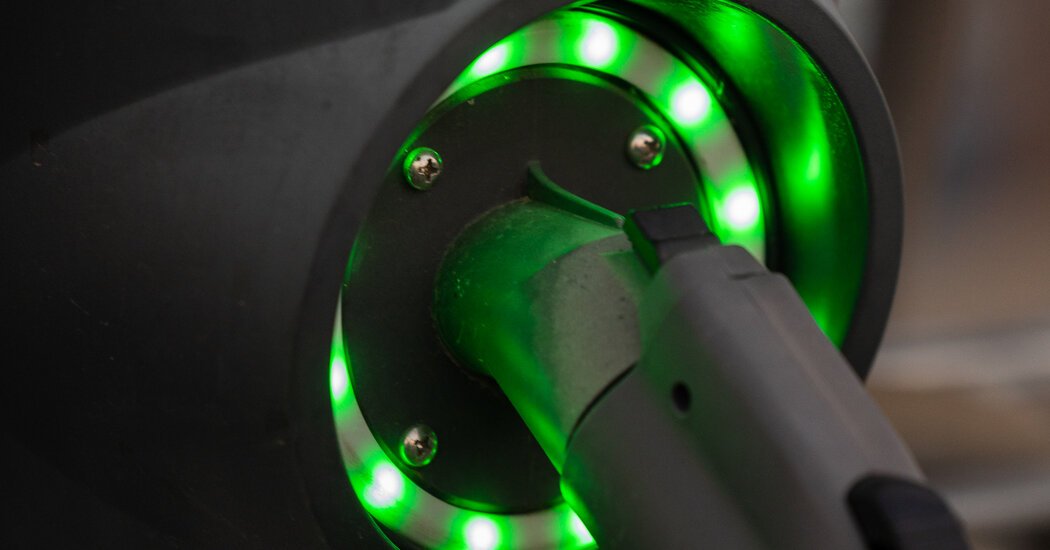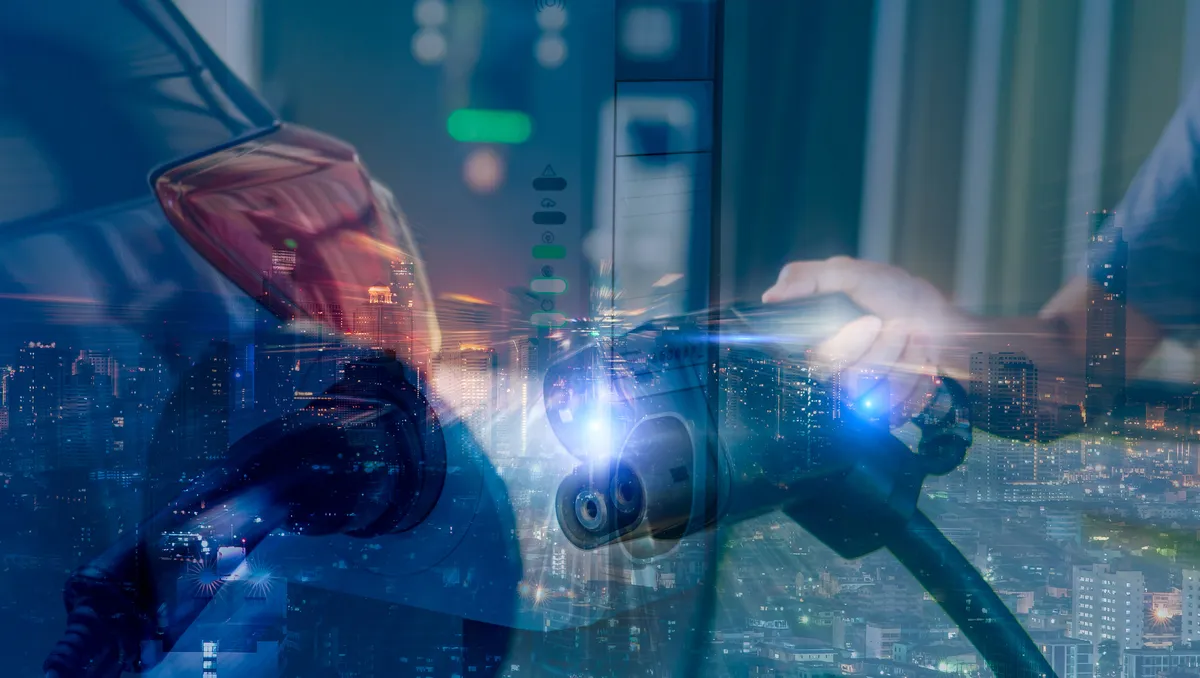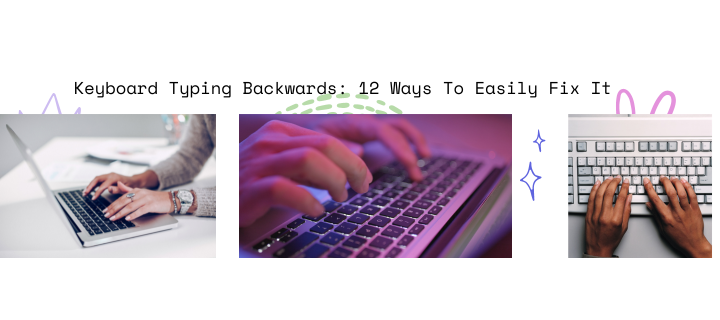The rise of deepfaking technology has been both an exciting and a worrying topic. Deepfake refers to the method of manipulating digital media such as images, videos, and audio using artificial intelligence algorithms to create realistic but false content. While deep fakes have been used for malicious purposes, such as spreading misinformation and propaganda, they have also found creative applications in various fields.
In this article, we explore some of the best examples of deep forgery that demonstrate the power and potential of this technique.
Deep Voice Cloning One of the most impressive applications of deepfaking technology is voice cloning. With just a few minutes of audio recording, a deep learning algorithm can analyze and mimic the human voice and create realistic sound reproduction. This technology has been used in a variety of ways, from entertainment to commercial applications. For example, in 2020, the NBA used deep-faking technology to create voice clones of dead basketball players, allowing them to commentate on games as if they were still alive. The technology has also been used to create virtual assistants that can imitate the voices of their users, making interactions more personal and engaging.
Deep fake face swap Another common use of deep spoofing technology is face swapping. This means superimposing one person’s face over another’s body in a video or photo. While face swapping can be used for humorous purposes, it can also be used for more serious applications, such as creating realistic digital avatars for people who cannot appear in person, or for film productions where actors can be replaced or recreated. In 2019, Deepfake technology was used in The Irishman to age actors Robert De Niro, Al Pacino and Joe Pesci, making them look younger in flashbacks.
Deepfake music videos Deepfake technology has also been used to create music videos featuring dead celebrities. For example, in 2019, a fake music video for Frank Sinatra’s song “One for My Baby (And One More for the Road)” was released, where the late singer’s face was superimposed on the actor’s body. The video went viral and many fans appreciated the chance to see Sinatra perform again.
Deepfake Art Deepfake technology has also found applications in the art world, where it has been used to create new works or recreate famous ones. For example, in 2018, an artist named Mario Klingemann used deep forgery technology to create a series of portraits that were a mix of human and artificial intelligence. The portraits were created using an algorithm that analyzed hundreds of paintings, resulting in strange and beautiful images.
Deepfake News Anchors Deepfake technology has also been used in the news industry, where it has been used to create virtual news anchors who can deliver news in different languages and with different accents. In 2018, the China News Agency created an AI news anchor that can deliver news in both Chinese and English. Although the virtual anchor looked realistic, its voice was a bit robotic, which shows that there is still room for improvement.
Deep fake movies Deepfake technology has also been used to create brand new movies or edit existing movies. For example, in 2019, a deeply fake movie “The Shining Recut” was released, starring Jim Carrey, Jack Torrance. The film was created by combining scenes from “The Shining” video of Carrey’s face, resulting in a surreal and disturbing experience.
Deepfake Sports Deepfake technology has also been used in the world of sports, where it has been used to create virtual athletes who can perform superhuman feats. For example, in 2018, a company called Observe. AI created an in-depth fake video of NBA star Stephen Curry doing incredible basketball tricks. Although the video was clearly fake, it showed that deep fake technology can be used for sports training and entertainment.
Deep fake political satire Deepfake technology has also found a place in political satire, with videos depicting politicians saying or doing things they have never done. Although this type of content can be controversial, it can also be an effective way to draw attention to political issues and hold politicians accountable. In 2018, a heavily faked video of former US President Barack Obama was released in which he said things he never said. The video went viral and sparked a debate about the potential dangers of deep fake technology.
We have some more examples like Donald Trump videos are also Deep Fake
Deepfake Gaming Deepfake technology has even reached the gaming industry, as video games feature characters created using deepfake technology. In 2020, the video game Death Stranding featured a character whose face was created using deep-fake technology. The result was a realistic looking character that added an immersive experience to the game.
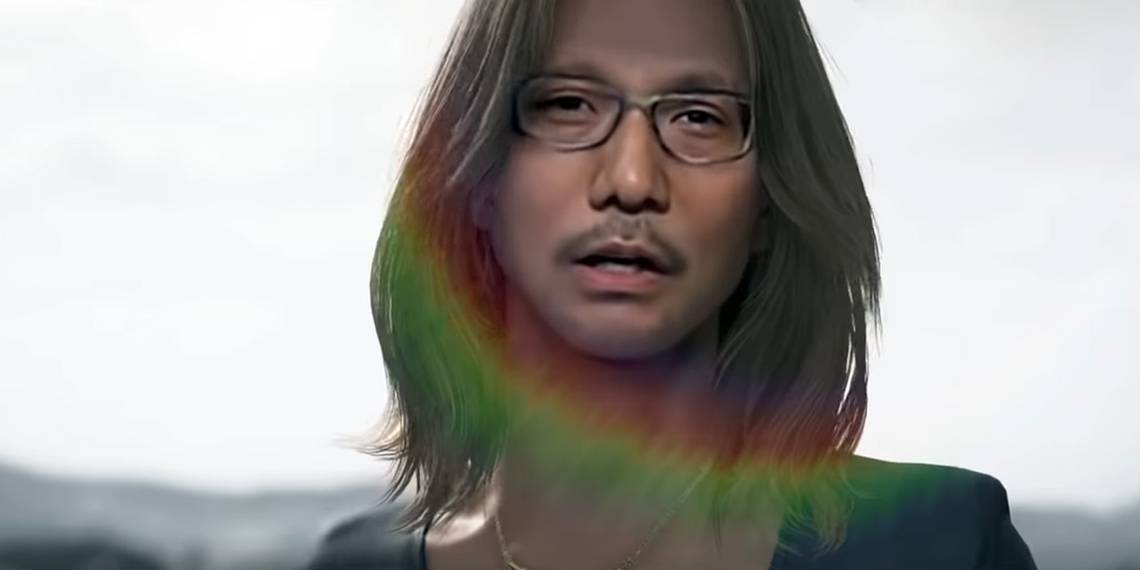
Deep fake historical figures Finally, deep-fake technology was used to bring historical figures to life in a new way. In 2020, a deeply faked video of Abraham Lincoln was released in which the former US president gave a speech about unity and equality. Although the video was clearly fake, it showed the profound potential of fake technology in education and historic preservation.
Together, deep rigging technology has shown enormous potential for creative applications in various fields, from entertainment to business and education. While there are legitimate concerns about the harmful use of this technology, there are also many positive examples of how deep fakes can be used to improve our lives and potentially push boundaries. As the technology continues to evolve, it will be exciting to see what new and innovative uses for deep fake technology will emerge in the coming years.










